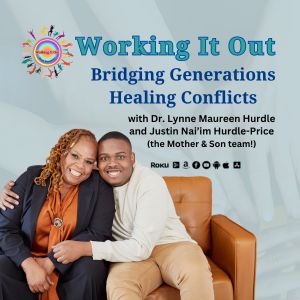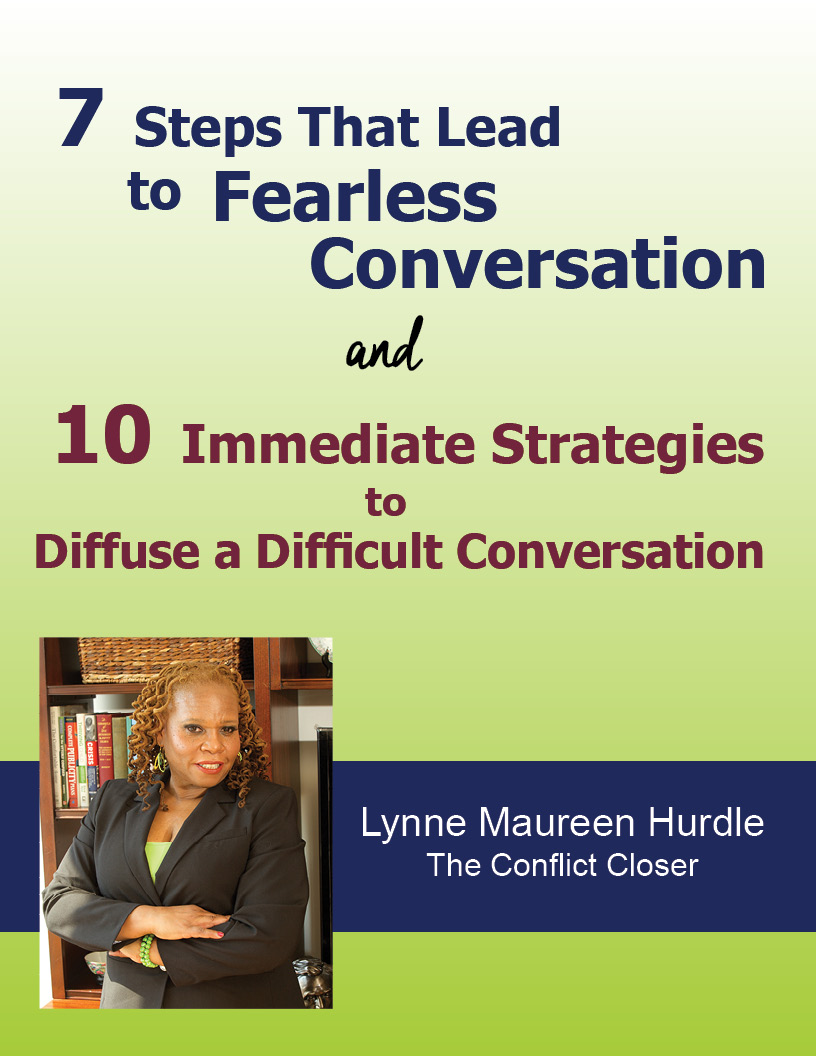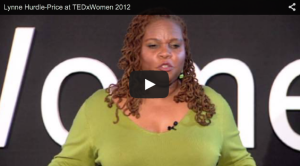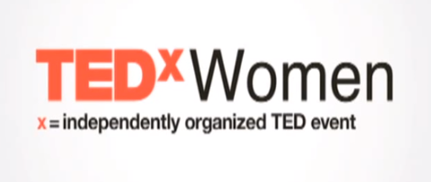Five things to remember in order to begin to address it
We all know that the word Conflict projects negativity for the majority of us, even though we are aware that conflict managed well can be productive, healthy, and even transformational. What most people don’t know is that our view of conflict is a Construct, meaning we don’t go into any conflict clean. Instead, we carry our conflict stories — the stories about how we were first introduced to conflict and all of the unresolved conflicts that we still harbor feelings for. Our thoughts, images, and feelings around conflict were constructed for us early on in our lives by the people who raised, nurtured, and/or shaped us. They in large numbers passed down the negative perspective of conflict and the impact has followed us all.
One of the biggest areas of impact is in the realm of culture. Consider these numbers from a Cigna Health Insurance report: Most people are much more comfortable being friends with people who are similar to them. This is true for religious beliefs (62% similar, 38% different), race or ethnicity (74% vs. 26%), income (56% vs. 44%), education level (63% vs. 37%), social status (70% vs. 30%), political views (62% vs. 38%) and life stage (69% vs. 31%) (article reference)
If the construct of conflict as negative is developed and taught early in our lives and conflict is at its most basic form different views and opinions that create some kind of stagnation in moving forward with ideas and actions, then it would make sense that those who are least like us are probably going to be in conflict with us. Culture solidifies for us a sense of belonging among those who are like ourselves. With so many of us having negative experiences with conflict most often with people who are much like us, the construct pretty much sets us up to be wary of those who are different. Toss into this mix the history of the United States demonizing different cultures and the continued reinforcement of this still to this day, this construct has had a pretty devastating effect on the way we view culture. On the one hand, it develops a foundation of safety and comfort for one’s own culture, sometimes to an unhealthy level, while creating pictures and stories that justify avoidance, misunderstanding, and dislike of different cultures.
I’ve written previously about the narratives we create in our heads, those imaginative stories as to why someone did what they did to us, said what they said to us, what they meant by their look or the silent stare they gave. Most of the time these narratives turn out to be products of our active imaginations running off of our past experiences with someone other than the person in front of us. But if our negative construct of conflict influences us to equate these stories to someone’s culture and create motives behind the actions of those who are different from us, then there should be no surprise for any of us as to why so many of us are far too comfortable with those who we consider the same as us and why there is so much conflict between different cultural groups. Of course, there are many more complex reasons that are stirring the pot, economics, government policies, history, media influences and so much more but seldom does anyone talk about the connection between the negative construct of conflict as a reason for so much conflict between different cultural groups. Anything that makes us feel as uncomfortable as conflict makes most of us feel needs to be examined fully and challenged, so acknowledging this construct and connection to culture is a good first step. What might be important next steps for breaking culture?
-
- Recognize that our view of conflict started with this construct which was built and shaped for us early on in our lives. If those who raised and shaped us ran away from, avoided at all costs or screamed or hit their way through conflict then the negative construct was put deeply in place and in order to change it we will need to spend quite a bit of time dissecting it.
- Begin to recount the stories told about conflict and people who were different from you and your family, friends, and neighbors. What was a common theme? Were certain groups always looked at as troublemakers or troublesome? Were certain people best to stay away from? Who were you warned to never get into a fight or an argument with?
- Start to think about your own thoughts about conflict and culture. Were you taught that when in conflict always look for similarities which is often easier to do within your own cultural group? Were you taught that some cultural groups are never satisfied, are given everything and still never satisfied, never give in, are hard to get along with, should never be brought home to family or there would be trouble/conflict?
- Start to unravel these stories for yourself and really think about what they have taught you about both conflict and culture.
- Seek opportunities to engage in real and courageous conversations about how conflict was constructed for you and the effect it has had on your interactions and relationship building (or lack of) with those who are different or the same culturally.
Conflict is any opportunity to engage in a conversation with someone who sees things differently than you do. It doesn’t have to be a difficult experience or an unpleasant one, but we have to be ready and willing to view it and others differently than the way it has been set up for us. By breaking the construct we start to break culture.
In Love,
Dr. Lynne





